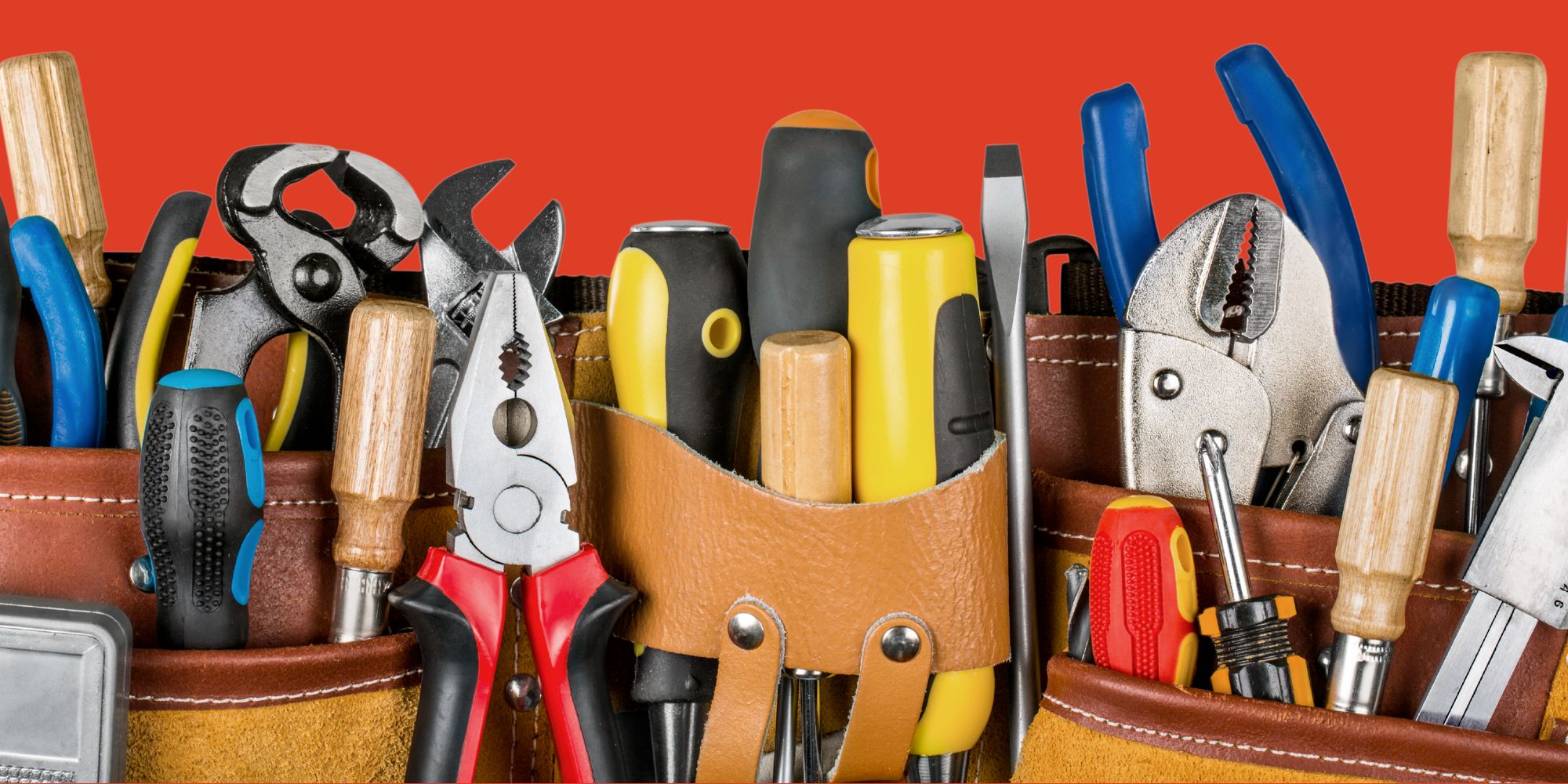Don’t Hire Another Maintenance Technician

Hiring your own maintenance technician seems like a great way to maintain your property, but hidden costs, liability, and inefficiencies typically make outsourced commercial property management the better choice. Hidden expenses like tools, recruiting, training, insurance, fleet vehicles, operational risks, and depth of skill make the true cost of in-house maintenance often greater than its perceived value. We broke down the financial and operational implications of hiring in-house techs versus outsourcing to a professional property management company to help you make a more informed decision.
I Know, It’s Really Tempting
Let’s be honest, hiring an in-house maintenance technician feels like the budget-friendly choice. The idea that having someone on the payroll and located in the office promises a high level of service and responsiveness. That sense of financial benefit can be deceiving. When you factor in the real costs of an employee-like payroll taxes, benefits, equipment, and training, the numbers will paint a different picture. Putting together a simple cost vs. benefit analysis of an in-house employee can help create an actionable comparison with an outsourced solution.
Just The Facts – Cost Analysis
Salary & Benefits
It’s worth detailing some of the facts related to salary and benefits to understand the financial comparison. Beyond the average salary for a maintenance technician your financial commitment includes healthcare benefits, paid time off, payroll taxes, and liability insurance. It’s easy to see your annual cost can quickly climb and outweigh some of the benefits. But compensation is only one part of the equation.
Equipment, Tools & Training
Your maintenance technicians will need a wide range of tools that in some instances can be specialized and expensive. Between hand tools, PPE, and ladders alone equipment costs can reach thousands of dollars. Storage and replacement are very real needs and add to the overall cost of properly outfitting your team. Add specialty tools or rentals like lifts to the mix and your tool costs can become unmanageable. Then there’s the ongoing investment in training and certifications. Maintenance staff need to stay current on evolving systems like HVAC, plumbing, and life safety to ensure safety and quality of work.
Liability
Risk and liability can quickly outweigh the costs outlined above. Understanding the risk and liability of not only employee injuries, but improper repairs that result in property damage or an accident/injury can be more than many employers are willing to take on. Transfer of risk and the associated liability is incredibly valuable.
Hidden Operational Risks
The maintenance and repair of a property might look straightforward on the surface, but within the day-to-day routine there are serious operational risks. These issues disrupt work and often increase costs among other impacts. It’s not always the big emergencies that cause problems. Typically, it’s the buildup of smaller, overlooked items that grow into larger problems. Understanding these hidden operational risks is important when creating a proactive property maintenance strategy.
Unexpected Downtime Hurts
One of the most common problems with an in-house maintenance model is unexpected downtime. Technicians call in sick, take PTO, or may be tied up on time-sensitive repairs and complex jobs that typically need more than one technician or take additional time to complete creating a scheduling and productivity nightmare for property owners. These delays reduce the efficiency of your maintenance program and increase operational costs because you’re limited in your flexibility and resources. In addition, we often see a need for flexibility in staffing with workloads fluctuating under 40 hours per week. As an employer you’ll pay an employee for a full 40 hours while an outsourced solution means you only pay for the hours worked.
A Shallow Talent Pool
In-house maintenance teams are often made up of talented generalists. These technicians are skilled in a lot of different areas but not experts in any of them. While this flexibility can be useful, it can also create problems when specialized building systems need repair. Most often, this issue comes up with HVAC units, electrical and plumbing systems that require specialized tools and expertise or even a licensed or certified professional to complete the work. Without that, you’ll need to bring in outside vendors, which adds time and cost. If you depend on generalists to complete complex repairs, you’ll often get a temporary fix instead of the long-term repair that’s required. This creates recurring maintenance and repair issues over time and can be a safety hazard if overlooked for too long.
Seeking Professional Help
Outsourcing commercial property maintenance and repair offers building owners a number of benefits that can really help streamline operations, reduce risk, and help manage costs. Building owners can immediately gain access to highly trained technicians, eliminate downtime concerns, and reduce the burden of managing a team of technicians and all of the overhead that comes with tools and training. Even with these benefits, many of our customers tell us that the greatest value of outsourcing maintenance and repair is the ability to focus on their core business without a concern that their buildings are professionally maintained.
